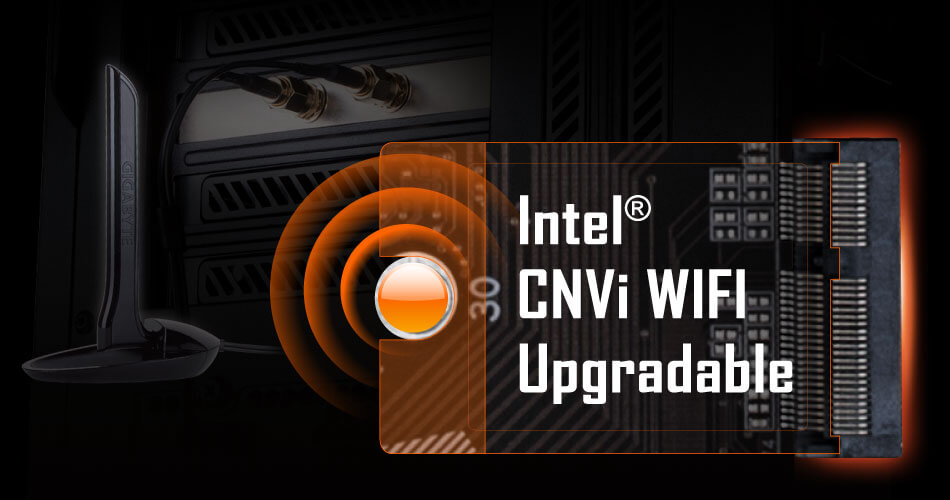Multiple Nvme Slots
Posted By admin On 14/04/22
speedpc
Sep 22, 2020 An M.2 slot on an MSI AMD-based motherboard, showing multiple mounting points NVMe is a control protocol for SSDs that has emerged in the last few years. You may have heard of the term 'AHCI' in. PCI Express 3.0 x16: 1 x PCI Express 3.0 x16 Slot (PCIE1: x16 mode). Supports PCIe riser cards to extend one x16 slot to two x8 slots. Supports NVMe SSD as boot disks Model #: Z490M-ITX/ac Item #: N7925. So a motherboard using an i7-6850K chip may have the capability to address multiple slots at x16, whereas with a ‘lesser’ chip ie. I7-8700K may be fewer lanes available, with only one slot being x16. Just to complicate things further, NVME and other types of expansions require PCIe lanes. If you have the option of multiple M.2 slots where at least one supports PCIe, choose that slot for an SSD upgrade. PCIe, when combined with NVMe, will result in faster read and write times. ©2019 Micron Technology, Inc. In general, if you want multiple NVMe drives in a desktop system, you're going to have problems that you wouldn't have with the same number of SSDs (or HDs). PC motherboards have been giving you lots of SATA ports for a long time now, but M.2 slots are much scarcer.
- Joined
- Jul 30, 2007
- Messages
- 254 (0.05/day)
| Processor | Intel Core 8700K |
|---|---|
| Motherboard | Gigabyte Z370 Aorus Gaming 7 |
| Cooling | Coolit FreezOne |
| Memory | 32Gigs G Skill RipjawsV F4-3600C16 |
| Video Card(s) | GIGABYTE GeForce GTX 1080TI |
| Storage | 2X Samsung 860EVO 1TB SSD / 1Seagate 2TB |
| Display(s) | LG 34GK950F |
| Case | Thermaltake Core X31 RGB Edition |
| Audio Device(s) | RealTek HD Steel Series Arctis 7 |
| Power Supply | Rosewill Quark Series 1000W Full Modular Power Supply with LED Indicator |
| Mouse | Razer Basilisk |
| Keyboard | Razer BlackWidow Chroma V2 |
| Software | Windows 10 Pro 64Bit |
Some AM4 motherboards may offer multiple M.2 slots supporting NVMe drives. PCIe connectivity may be routed in a couple of ways including limiting GPU x16 connectivity to x8 if excess drives are connected. Does that affect performance? Let's check it out using Gigabyte B550 Aorus Master.
This motherboard has 3 x M.2 slots and all of them are using the CPU PCIe lanes. The manual states that the PCIe x16 slot for the GPU operates up to x8 when second or third M.2 slot is occupied. Ryzen CPUs don't offer enough lanes to cover GPU and multiple NVMe drives so that how it has to be done.
Aside of M.2 slots the motherboard also has two extra x16 slots operating at x4 that come from the the chipset and not from the CPU. With PCIe adapters it should be possible to attach an NVMe drives there although chipset PCIe usage may incur some penalty in extreme cases.

When a second drive is connected GPU-Z states that the RTX 3070 is using PCIe 1.1 x8 with 4.0 listed only for a moment after the app is launched. This is very likely an error on the app side as the benchmarks showcased below do indicate that the GPU is using x8 4.0 or x16 3.0.
I run Aida64 and 3DMark benchmarks to see if there is any difference in performance when the GPU is allowed to use full x16 4.0 and when an unused second M.2 drive is limiting it bandwidth:
3DMark PCIe bandwidth test as well as Aida64 memory read benchmarks do indicate that the bandwidth got halved thus it can't be PCIe 1.1 mode as that would be up to 2GB/s. In x8 mode the read was 12 412 MB/s versus 24 476 MB/s under x16. Similarly the bandwidth test gave 13,43 GB/s vs 26,23 GB/s.
Multiple Nvme Slots For Windows 7
PCIe 4.0 x8 is pretty much equal to x16 3.0 and as overall gaming GPUs can't exceed that bandwidth in realistic scenarios all the gaming benchmarks show no difference when RTX 3070 uses half the available bandwidth.
So if you want more NVMe drives then for normal
usage cases there is no problem with limiting GPU bandwidth (although I didn’t tested a PCIe 3.0 GPU behavior. Going to x8 3.0 may limit top-shelf cards a bit, although PCIe bifurcation could be quite smart in this case). This could start to differ a bit for some compute tasks, but also you could try using the chipset PCIe lanes for those additional drives or using SATA SSDs if you need just fast
storage and not NVMe levels of fast.